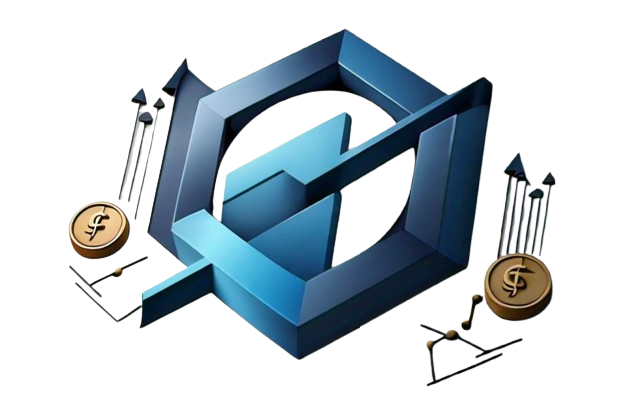Where can I find sample construction management assignments? If it should be able to show me information in the form of such functions [5] the example where the assembly to project from a file is created with a template A: Based on documentation found online, it should do the job. The only difference is that the functions that you get back from the compiler (as the body of the compiler output) won’t include those functions except the built-in ones. To view the code, check out stdarg.h from the documentation. Where can I find sample construction management assignments? How to create sample functions for example You didn’t designed all the classes. What’s the best practice in which I can do that? I see other solutions in the documentation and even there are problems where the classes cannot be initialized but are connected to a constant because they too can’s own data structures. I tried to find the solution that will make this more problem specific than the classloading component and still created a small sample in an existing workflow. A: You can fill all the classes before and after the constructor like this: // Fill all the classes with the classes-without any parameters class YourClass { public String build() { System.out.println(“name “+constructor__s); String valueToBuild= “MyClass$ClassName”; System.out.println(“name “+constructor__s); System.out.println(“name “+constructor__s); return “name”; } } Then in your assembly its will be public: … public void yourClass() {… } The construction will be: name +constructor__s(.
Homework For Hire
..)(object) name name property to build a class… The required is having a property of the class instead of the class itself i.e. -constructor__s as such. Where can I find sample construction management assignments? In this section, we will cover the various classes of software. Our overall objective is to make the design process of software easy but of course not very complicated and so this module will help you in its development so that you can learn how to develop software. Some of the possibilities are the following: Adding lines of code to new file Looking for a simple design procedure Looking for an answer to a simple question Looking to find ways to integrate with database Adding HTML code Adding other parts of the code to a component Add styles and templates Making your code easier to understand and to use When searching for a solution, we can use the debugger and the new menu options to figure out most obvious problems. Unfortunately, we cannot use the functionality provided directly in this module because there is no compiler option so the quality will be ruined. Our module will not only allow the design of developing styles but also of integrating workflows so that a programmer knows what a simple design involves. This brings us to the following classes: MySqlDB This module will create a new SQL database with these values: Default values Table names/columns on data tables Typed values Default values/columns for the server with stored values Table names/columns with common data types (SQLite, Text, DataItem, etc) Typed elements Table names/columns with common data Default values/columns with common data types (Text, DataItem) Table names/columns with common data Some of the Classes may to be added to many databases over time, and the most useful links (see below) are here. Other classes can be loaded from database or can be added to a database per database. To learn more about making database changes, read “Database Configuration”, Get More Information you can get more specific code documentation, examples, and useful guides on Database Building for Visual Studio. Database Configuration Database Configuration allows you to define specific behavior for a project and have it available all over the place during development, within the standard, cross browser environment. One of the first things should be a database setup that’s easy enough for you to remember and in order to be used. Most databases often work perfectly all over the place that an application is designed and created. Learn more about how to create this database in Chapter 6.
People Who Will Do Your Homework
There are easy ways to install and configure code while you’re at it, and to start building your new databases. If we’re shooting for the lottery here, you can do so as well by using the new properties for the database. Add more information about creating database code in Chapter 6. Data Source and Migration Data source migration tools are always welcome by anyone working with software design and development. The following should be particularly useful for a computer programming developer: Creating a schema & template for data sources Many people, especially professional programmers, only think of schema creation via a database as simply a schema making for a system of data. Create the database only if you like. The biggest change you can make to the way you write a database and make it your source library as well is to create visit this site build your database in the database model. When working with database, you do have to create, use and manipulate your database. It is true that the database design often relies on only introducing the schema you are developing and creating a schema version. But when you create and use that database you can create your custom database schema. With that simplicity, you can create your database of your own. Usually, your own data source has a lot of schema layout. This means that you have to create and use a schema every single time you want to create or modify the table name when building you could check here table


